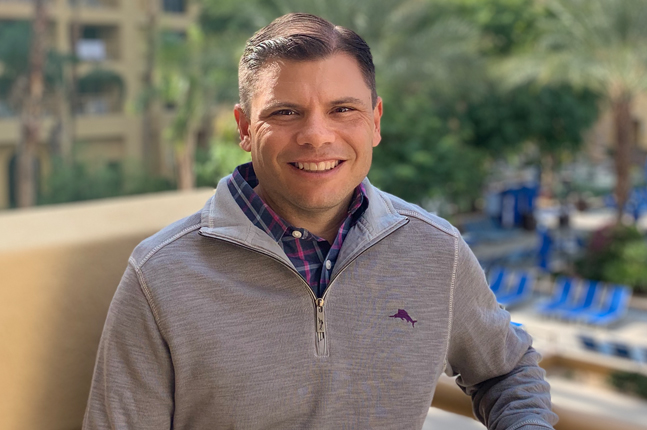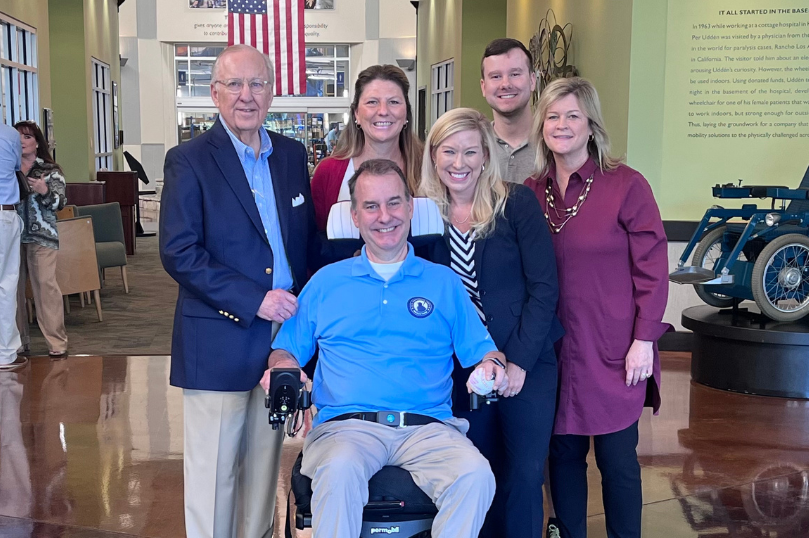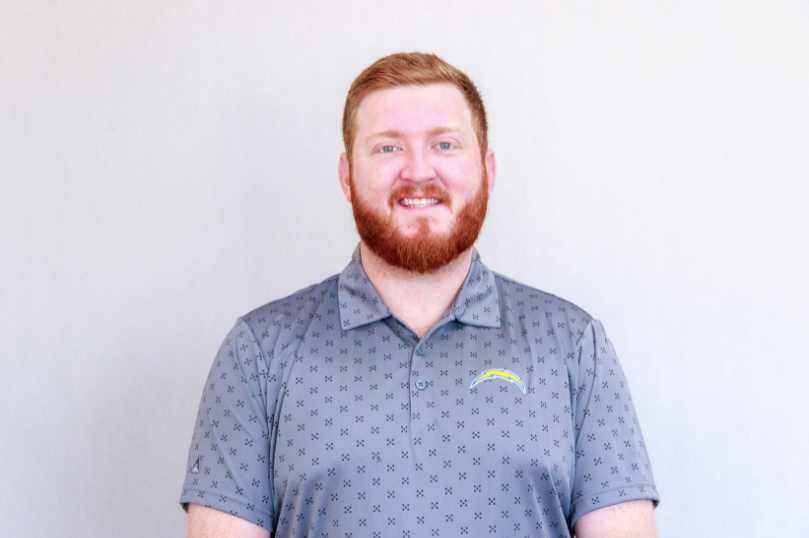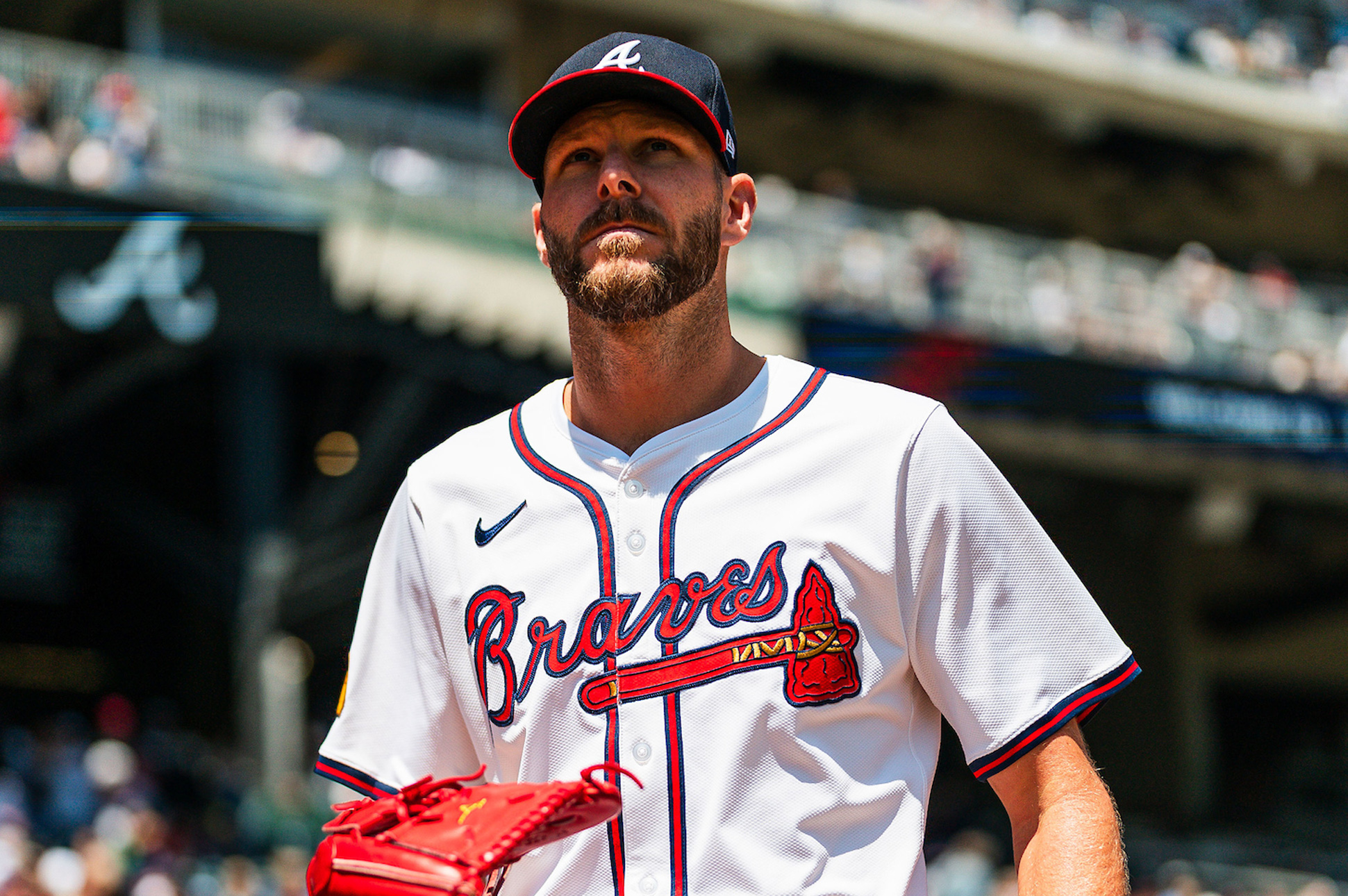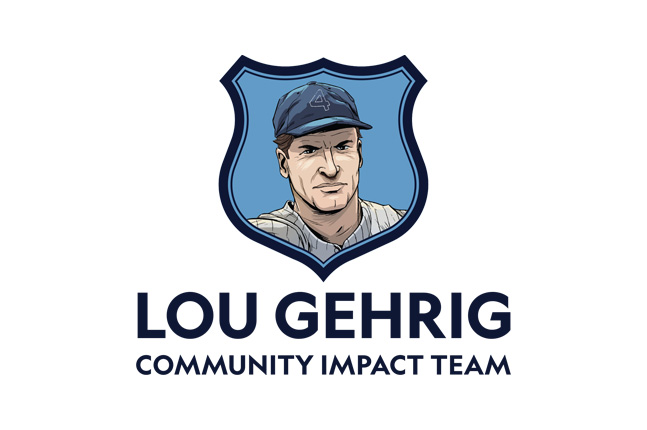By Mike Ogg
On May 25, 1961, President John F. Kennedy announced his dream to send a man to the moon. That dream would be realized in 1969 when Neil Armstrong would proclaim, “One small step for a man, one giant leap for mankind.” In the eight years between Kennedy’s proclamation and Armstrong’s words, NASA would send multiple missions into space, each building on the one before. President Kennedy inspired a nation with what seemed like an impossible goal, and NASA made that goal a reality. They set out on a journey where each small step would lead closer to the dream of putting an American on the moon. Each success or failure led them forward on a journey in pursuit of the ultimate goal. The day Armstrong set foot on the moon, eight years of leadership, planning, teamwork, and celebrating incremental success became real. The journey to the moon began and ended with one small step.
We each have our “moon landings.” It’s that goal that you think you can’t achieve. It’s the project you never quite get to. It’s the apathy you witness and have no idea how to address. We look at it and think, “I will figure this out tomorrow,” or “I can’t possibly make this better.” Just like President Kennedy, NASA, and Neil Armstrong, with the right mindset, roadmap, and drive, you can make your dream a reality.
My own personal moon landing came in 2019. Ever since the inception of the program, I had set my sights on becoming an Iron Phi. My goal was to participate in an athletic event I would never normally consider, and for me, that was a marathon. Running 26.2 miles might as well have been trying to fly to the moon. At the time I was running once or twice a week but never more than two to three miles. It was nearly impossible to imagine any scenario where I would be able to run four to five hours straight and finish a marathon.
The first thing I did was to tell people that I was going to run a marathon and become an Iron Phi. This wasn’t an attempt to boast but instead an opportunity to publicly commit to my goal and have others help hold me accountable. In addition, with every person I told, it shifted my mindset from “I want to run a marathon” to “I am going to run a marathon.” This shift is significant. It is the difference between believing you can do something and merely dreaming about it. For me, I was chasing success that was waiting at the finish line.
With my goal defined and a coalition of support, I found a fantastic coach and team with whom to train. The coach led a collaborative discussion planning a progressive roadmap from start to finish. It became a collective goal between my running partner, coach, and me. Broken into weekly objectives, we would reach each smaller step in anticipation of building for the larger goal. At the conclusion of each week, we would celebrate achieving that part of the plan, reflect on what went well and what could be improved, and move on to the next step. Reflection on each progression is important. In addition to recognizing your progress, it also allows you to determine which behaviors can be changed to increase performance on the next phase of the plan.
On December 8, 2019, I stepped up to the starting line of the California International Marathon and had no doubt that I would achieve my goal. A few hours later I crossed the finish line and became Iron Phi #946. None of that would have been possible without the support of my coalition, a strong roadmap, or reflection and adjustment at each step of the way.

I share the story of the moon landing and my own Iron Phi journey because they share some common ground. Both set audacious goals, both required drive, and both celebrated small successes in pursuit of a larger purpose. Both required a desire to chase success and embrace failure. Chasing success is far easier than embracing failure. Moving towards the finish line is inspirational. People flock to success. They want to be a part of winning. But everyone knows that few dreams come without setbacks. Failure, when embraced, can often catapult you to the finish line. These aren’t setbacks, instead, they are opportunities to get better and become better.
How will you embrace failure? As a leader, making mistakes can be the greatest opportunity to improve performance and learn what not to do. Many launches never left the pad and some crashed upon landing, but NASA never gave up. They used that experience to get better. They used that experience to build a stronger program. They committed to success and embraced failure to ensure they achieved the dream. For me, I learned what fuel worked and what didn’t for my body to sustain 26.2 miles of running. There were days where the fuel didn’t work. I would be tired and felt like I couldn’t make it. Those days were tough, but they were the days of which I am most proud. My recognition of what didn’t work led me to what did. Ultimately, that was a key part of me realizing my goal.
The very same formula that led NASA to put Neil Armstrong on the moon and led me to run 26.2 miles can help you become “the greatest version of yourself.” Think about your inspirational leaders and whether they are helping you chase success and embrace failure. If they aren’t, ask them to help. Are you, as a leader, inspiring others to chase success and embrace their failure? When you create a roadmap do you allow enough opportunity to measure your incremental success? If you hit a setback, how do you move forward? Is it a springboard for better performance in the next phase or an anchor that holds you back? Finally, when you reach your goals do you take the time to appreciate the journey, the view, and the team that helped you get there? Neil Armstrong stopped to take in the incredible view of Earth from the Moon, and so should you.
We all have opportunities to become better and make a difference for ourselves, families, friends, brothers, and communities. Phi Delta Theta talks about becoming the greatest version of yourself. This isn’t to say that you aren’t already great in your own way. Instead, it is the idea that we all have the opportunity to continuously improve ourselves and reach our goals. Becoming the greatest version of ourselves isn’t the destination; it’s the journey. Chase success, build a roadmap, celebrate your achievements, embrace failure, and take your own small steps to your moon landing.
Mike serves as the director for continuous improvement at Sonoma State University. Working out of the Office of the Provost and Vice President for Academic Affairs, Mike is responsible for managing academic space on campus as well as evaluating campus business processes to develop more efficient and sustainable practices. Mike earned both his master’s in business administration and bachelor of arts in economics at Sonoma State University where he was a Founding Father of the California Sigma Chapter. As a volunteer for Phi Delta Theta, Mike has been a CAB chair for California Sigma and for the past five years has been the Province President for Omicron Northwest. In his spare time, Mike enjoys spending time with his wife, Kimi, and their two children, daughter, Carina, and son, Braden.

